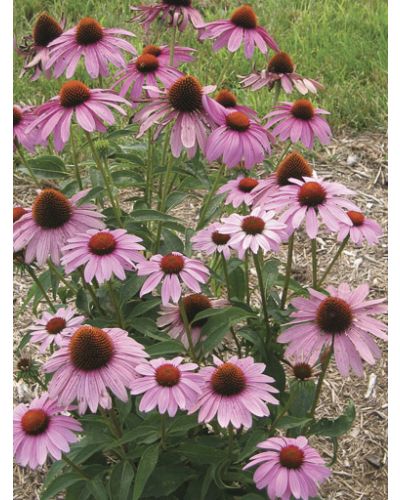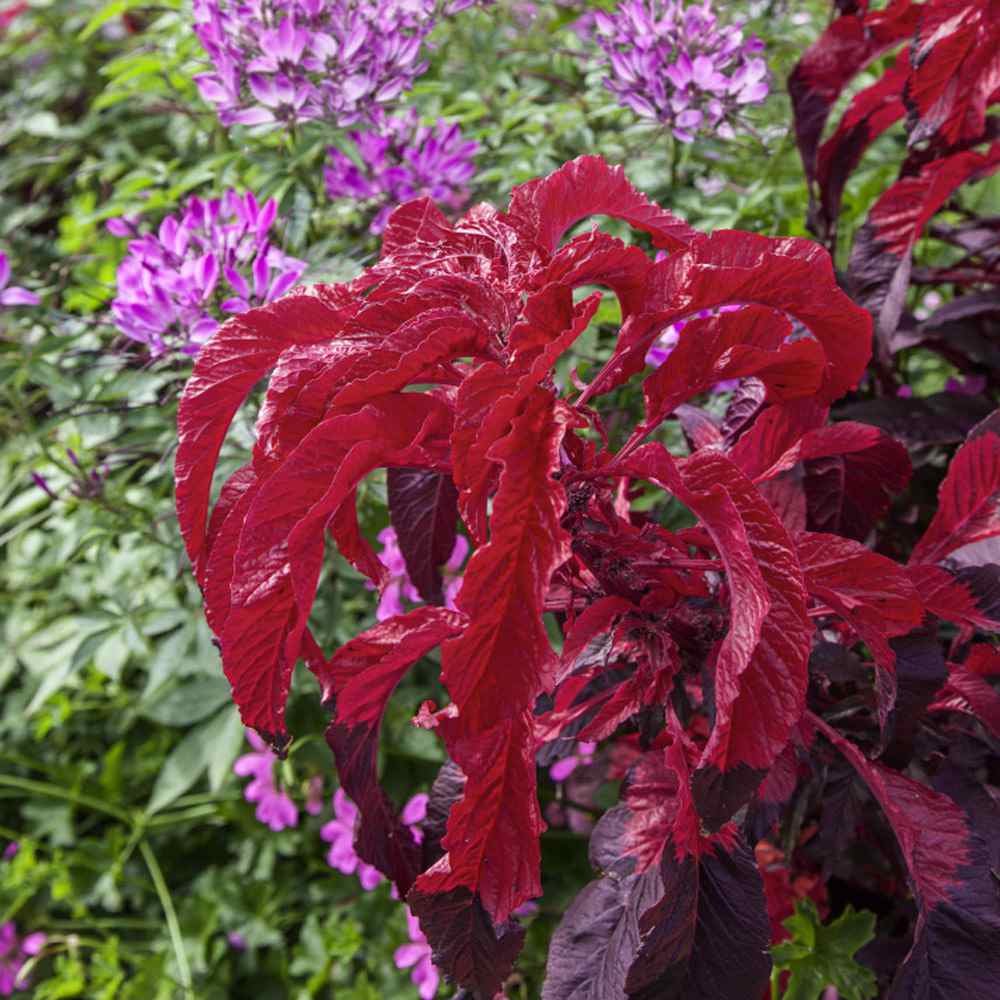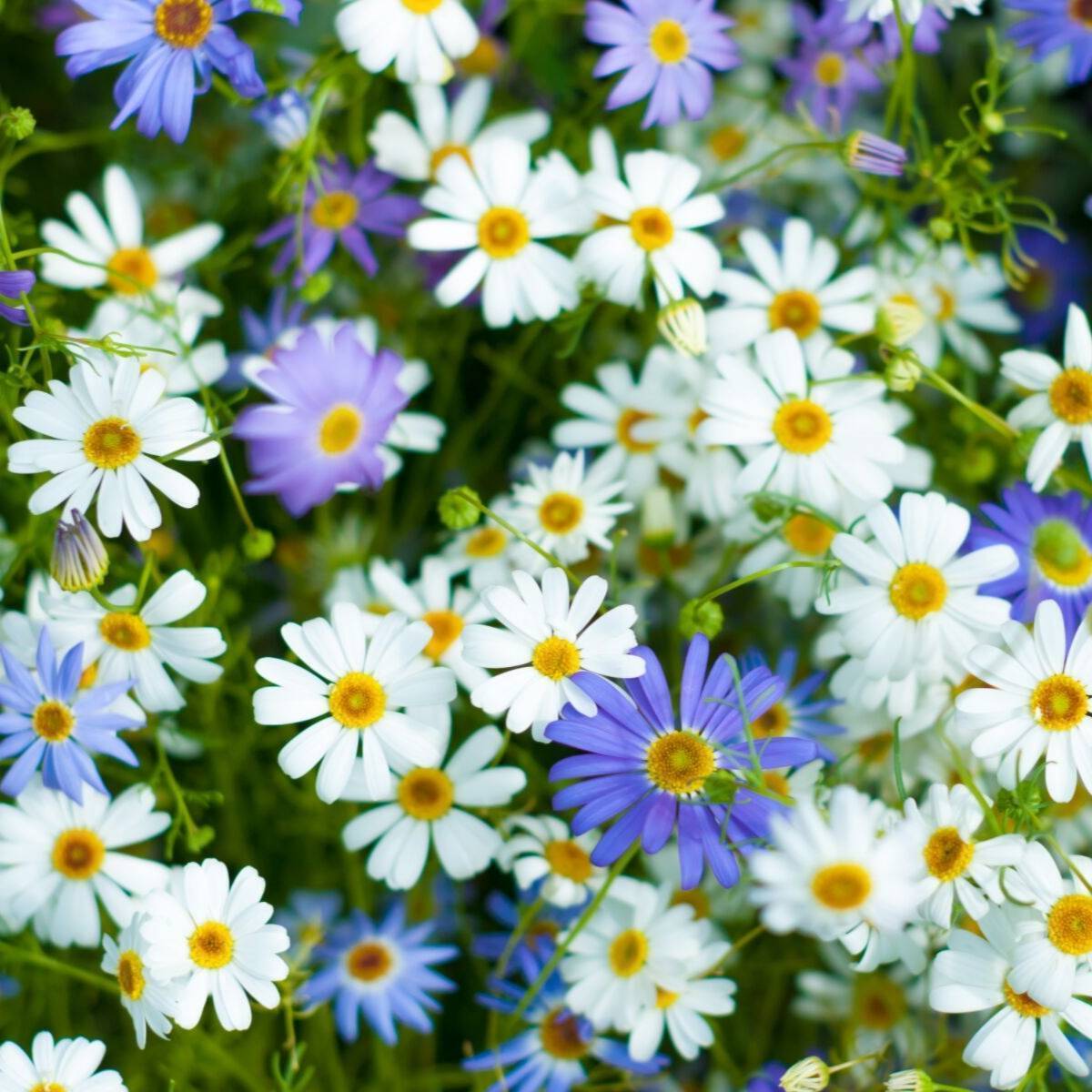From Seed to Splendor: A Deep Dive into Farm Flowers

For centuries, farms have been synonymous with food production, providing sustenance and driving economies. However, a growing trend is seeing farms embrace a different kind of harvest: flowers. Farm flowers, cultivated with care and intention, are more than just pretty additions to the landscape; they represent a sustainable and beautiful alternative to mass-produced floral arrangements, offering a unique connection to nature and supporting local communities.
This article will delve into the world of farm flowers, exploring their history, cultivation practices, benefits, and the growing movement that is transforming the floral industry.
A Blooming History:
The concept of growing flowers on farms is not entirely new. In many cultures, flowers have always been incorporated into agricultural practices, often interplanted with crops for various reasons. These included attracting pollinators, deterring pests, and simply adding beauty to the working landscape.
However, the modern farm flower movement, as we know it today, gained momentum in the late 20th and early 21st centuries. This rise coincided with a growing awareness of the environmental and social impacts of the global floral industry. Concerns about pesticide use, long-distance transportation, and unfair labor practices in large-scale flower production fueled a desire for a more ethical and sustainable alternative.
Farmers, often already committed to sustainable practices in their food production, saw an opportunity to diversify their offerings and tap into a market hungry for locally grown, seasonal flowers. They began experimenting with different varieties, developing unique growing techniques, and building relationships with local florists, event planners, and consumers.
Cultivating Beauty: The Art and Science of Farm Flower Production:
Growing farm flowers is a labor of love, requiring a blend of horticultural knowledge, practical skills, and a deep understanding of the local environment. Unlike mass-produced flowers, which are often grown in controlled environments and heavily reliant on chemical inputs, farm flowers are typically cultivated using more sustainable and environmentally friendly methods.
Here are some key aspects of farm flower cultivation:
- Variety Selection: Farmers carefully select flower varieties that are well-suited to their local climate, soil conditions, and market demands. This often involves choosing heirloom varieties, native species, and flowers that offer a long vase life and unique aesthetic appeal.
- Soil Health: Healthy soil is the foundation of any successful farm, and flower production is no exception. Farmers prioritize building soil fertility through practices such as composting, cover cropping, and the use of organic amendments.
- Water Management: Efficient water management is crucial for flower production, especially in regions with limited water resources. Farmers often employ techniques such as drip irrigation, rainwater harvesting, and drought-tolerant varieties to conserve water.
- Pest and Disease Management: Farm flower growers typically rely on integrated pest management (IPM) strategies, which minimize the use of synthetic pesticides. This involves monitoring for pests and diseases, using beneficial insects, and implementing cultural practices that promote plant health.
- Succession Planting: To ensure a continuous supply of flowers throughout the growing season, farmers often employ succession planting techniques. This involves planting different varieties at staggered intervals, ensuring a steady stream of blooms.
- Harvesting and Handling: Harvesting flowers at the optimal stage of maturity is crucial for maximizing vase life. Farmers carefully cut and handle flowers, ensuring that they are properly hydrated and stored to maintain their freshness.


The Blossoming Benefits of Farm Flowers:
Choosing farm flowers over commercially produced alternatives offers a multitude of benefits, both for the environment and the consumer:
- Sustainability: Farm flowers are grown with minimal environmental impact, reducing the use of pesticides, fertilizers, and long-distance transportation. This contributes to cleaner air and water, healthier ecosystems, and a lower carbon footprint.
- Freshness and Vase Life: Because farm flowers are harvested locally and sold directly to consumers, they are significantly fresher than imported flowers. This translates to a longer vase life and a more vibrant display.
- Seasonality and Uniqueness: Farm flowers reflect the unique beauty of each season, offering a diverse range of colors, textures, and scents that are not available year-round from commercial sources. They often feature unique and heirloom varieties that are rarely seen in traditional floral arrangements.
- Support for Local Economies: Buying farm flowers supports local farmers, their families, and their communities. This helps to create jobs, preserve agricultural land, and strengthen local economies.
- Connection to Nature: Farm flowers offer a tangible connection to nature, allowing consumers to appreciate the beauty and bounty of their local environment. They provide a reminder of the changing seasons and the importance of sustainable agriculture.
- Reduced Chemical Exposure: By choosing farm flowers, consumers can reduce their exposure to harmful chemicals that are often used in conventional flower production. This is especially important for people with sensitivities or allergies.

The Growing Farm Flower Movement:
The farm flower movement is gaining momentum across the globe, with an increasing number of farms dedicating land to flower production. This growth is driven by a growing consumer demand for locally grown, sustainable flowers, as well as the increasing awareness of the environmental and social impacts of the global floral industry.
Several organizations and initiatives are supporting the farm flower movement, including:
- The Association of Specialty Cut Flower Growers (ASCFG): This organization provides resources, education, and networking opportunities for flower farmers across the United States and Canada.
- Slow Flowers Society: This organization promotes the use of locally grown, seasonal flowers and supports the farmers, florists, and designers who are committed to sustainable practices.
- Local Flower Collective: This network of flower farms and florists connects consumers with locally grown flowers and promotes the benefits of supporting local agriculture.
Finding Farm Flowers:
There are several ways to find farm flowers in your local area:
- Farmers Markets: Many farmers markets feature flower vendors who sell directly to consumers.
- Community Supported Agriculture (CSA) Programs: Some farms offer CSA programs that include flower subscriptions, providing a regular supply of fresh, seasonal blooms.
- Local Florists: Many florists are committed to using locally grown flowers and can source them from nearby farms.
- Online Directories: Several online directories, such as the Slow Flowers Society directory, can help you find flower farms in your area.
- Directly from the Farm: Some farms offer on-farm sales or pick-your-own flower experiences.
The Future of Farm Flowers:
The farm flower movement is poised for continued growth in the coming years. As consumers become increasingly aware of the benefits of locally grown, sustainable flowers, the demand for farm flowers will continue to rise. This will create new opportunities for farmers, florists, and designers who are committed to sustainable practices, and it will contribute to a more vibrant and resilient local food system.
Frequently Asked Questions (FAQ):
Q: What is the difference between farm flowers and commercially grown flowers?
A: Farm flowers are grown locally, typically using sustainable practices, and sold directly to consumers. Commercially grown flowers are often imported from other countries, grown with heavy pesticide use, and transported long distances.
Q: Are farm flowers more expensive than commercially grown flowers?
A: Farm flowers may sometimes be slightly more expensive than commercially grown flowers, but the added cost reflects the higher quality, freshness, and sustainability of the product.
Q: How long do farm flowers last in a vase?
A: Farm flowers typically last longer in a vase than commercially grown flowers due to their freshness and lack of exposure to long-distance transportation.
Q: What types of flowers are typically grown on farms?
A: Farm flowers can include a wide variety of flowers, depending on the local climate and growing conditions. Some common farm flowers include sunflowers, zinnias, dahlias, cosmos, and snapdragons.
Q: How can I support the farm flower movement?
A: You can support the farm flower movement by buying locally grown flowers from farmers markets, CSAs, or local florists. You can also spread the word about the benefits of farm flowers to your friends and family.
Conclusion:
Farm flowers represent a beautiful and sustainable alternative to mass-produced floral arrangements. By choosing farm flowers, consumers can support local farmers, reduce their environmental impact, and enjoy the unique beauty and freshness of locally grown blooms. The farm flower movement is transforming the floral industry, creating a more ethical, sustainable, and vibrant future for the flower industry and local communities alike. So, next time you’re looking to brighten someone’s day with flowers, consider choosing the farm-fresh option – you’ll be supporting a blossoming movement and bringing a touch of nature’s beauty into your life.
